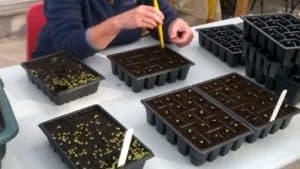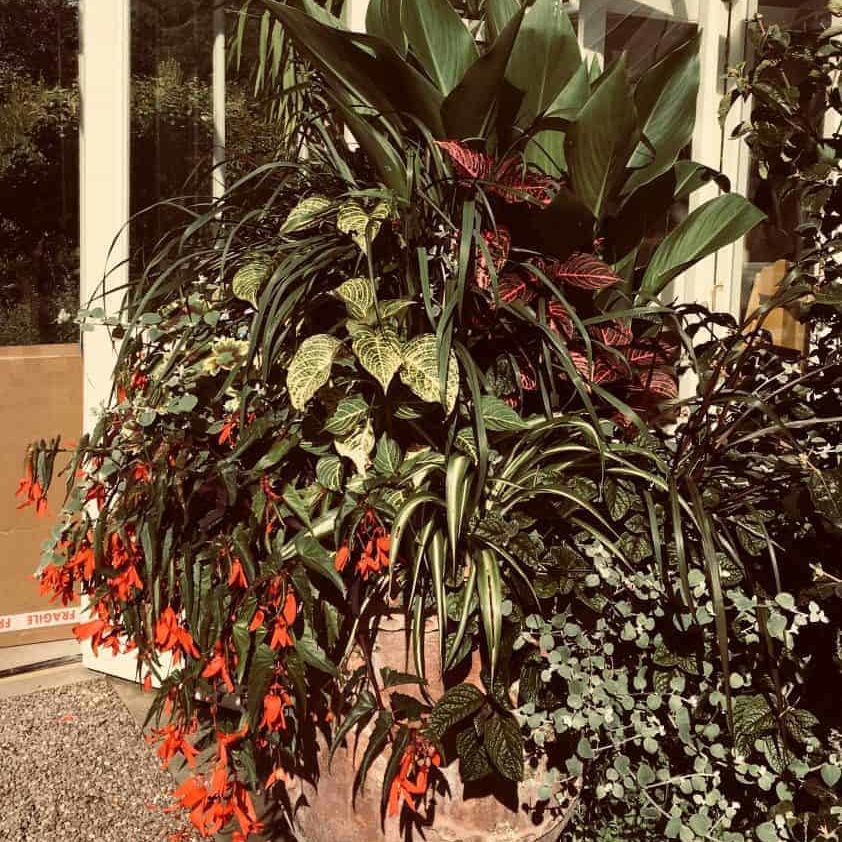Growing plants from seed is a rewarding process that can generate hundreds of new plants. You need very little specialist equipment or skills, but may lose your precious seedlings to disease or experience low germination rates which can be disappointing. Understanding a few key facts will help boost your sowing success rates.
Seeds are actually tiny packages of genetic information stored within an embryo plant. A protective coating encapsulates this and provides it with a packed lunch to keep it going during dormancy. Dormant seeds are still alive, but they have an extremely reduced metabolic rate. They still need to respire so require a supply of oxygen. Keep them cool and dry, otherwise their respiration rate will increase and they’ll be using their food supplies up too quickly. Incorrect storage is one of the main reasons for poor germination rates.
Once seeds have been sown there are a few other problems that can lead to low germination rates or early death of seedlings. Overcrowding is a common factor that can lead to damping off disease sweeping through the whole tray. Overhead watering can worsen this, as it pours droplets onto the tiny, delicate leaves. Avoid sowing too thickly. Make sure that there’s plenty of space around each seed in the tray, and water carefully from below. Make sure seeds aren’t too warm or too cold. Germinate them in a good light source so they don’t become drawn and leggy.
You can sow large seeds individually in module trays, each seed having its own little space to grow on. Broadcast tiny seeds sparingly and evenly across a tray. Cover with a thin layer of vermiculite for best results. Burying seeds too deeply in heavy wet compost can also prevent them from emerging. Prick out into individual pots once they’ve developed a pair of “true leaves”.
Find out about your seeds and their requirements before sowing. Each type will have an optimum temperature range. Seeds of hardy perennials often need a period of chilling to emulate winter time. These won’t germinate until after a set number of weeks in the cold followed by a rise in temperature. This is a natural dormancy mechanism that prevents them from germinating when conditions aren’t right. Sow them in the autumn and simply leave outside where they’ll germinate in spring. Alternatively, keep them in a refrigerator for 8-12 weeks before sowing in the warmth.
Saving your own seeds is fun and free. However, make sure that you don’t save seed from an F1 hybrid because the seedlings won’t resemble the parent. Cultivars may also not come true from seed – but this can give you some interesting and surprising results.
Caroline Wright
Caroline brings decades of horticultural experience, both practical and theoretical. Having lectured at Brackenhurst Horticultural University for many years, Caroline has now relocated to France and is following her passion for growing plants and teaching. Caroline and her husband Paul run the plant nursery, propagating all of the plants themselves and lead a wide selection of fun and interactive horticultural and craft based courses.



